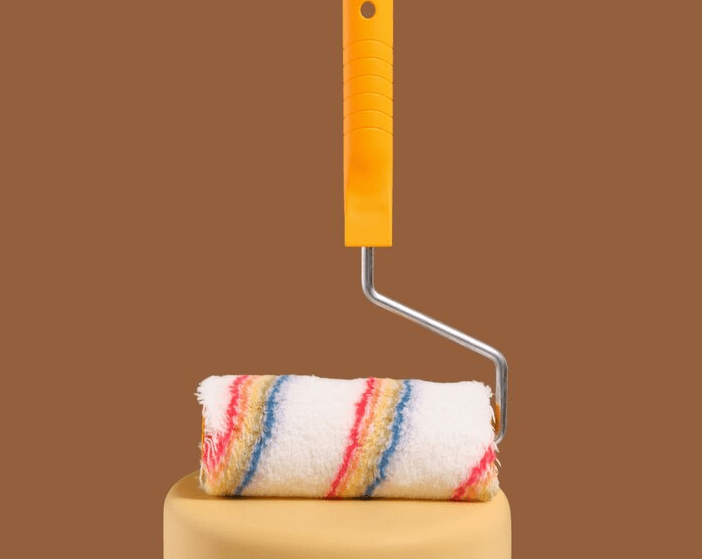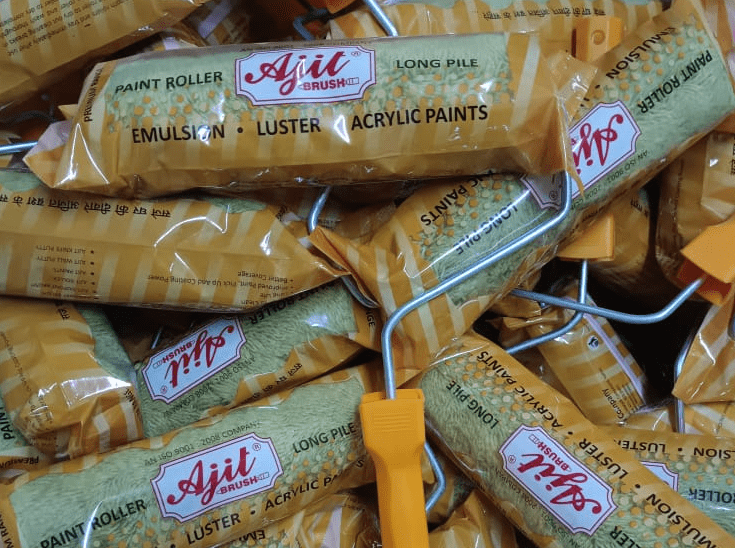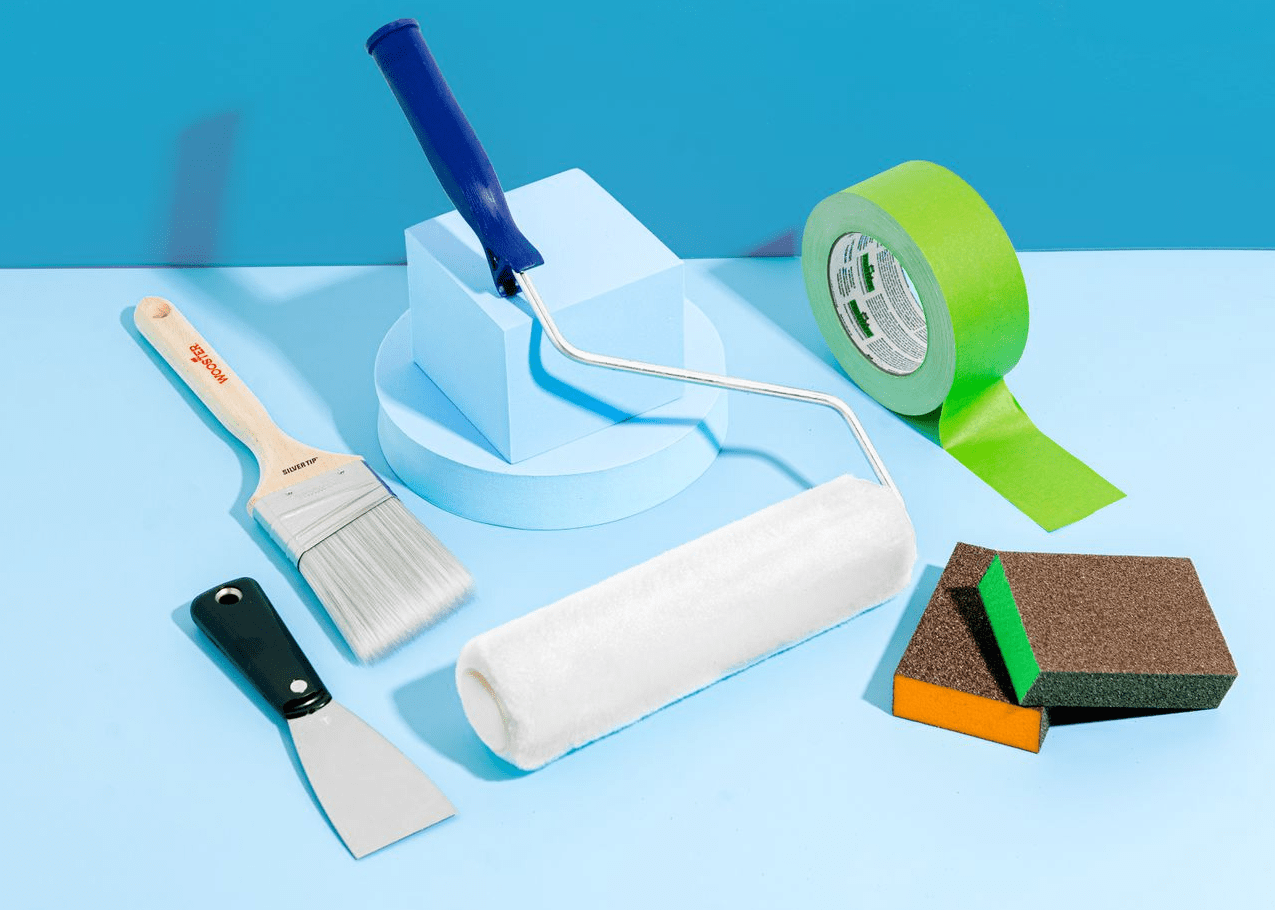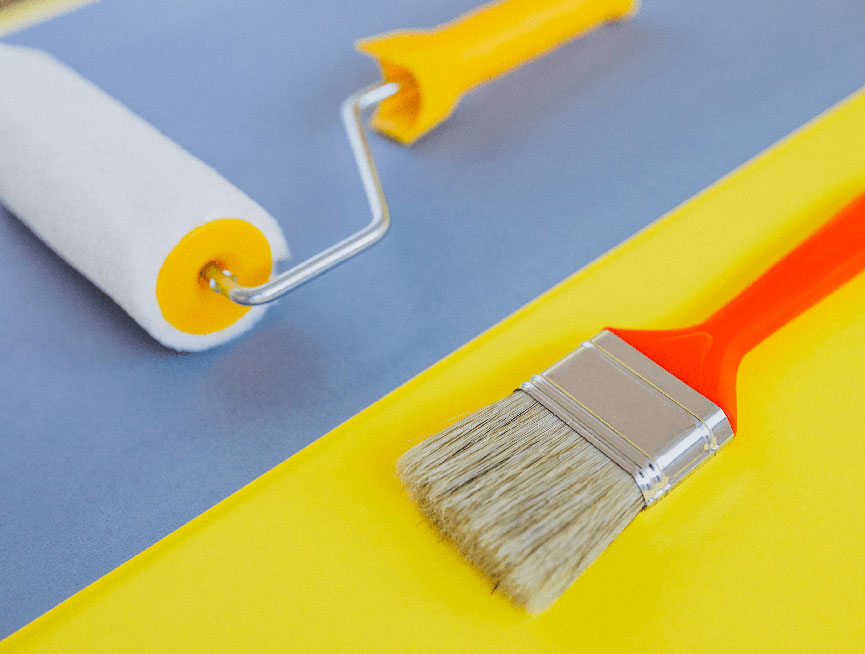The Psychology of Best Paint Selection

The psychology of paint selection plays a huge role in how we experience and interact with spaces. Colors don’t just decorate a room—they influence mood, behavior, productivity, and even appetite. Here's a guide to choosing the best paint colors with psychological impact in mind
The Psychology Behind Paint Colors
Blue – Calm, Trust, Productivity
-
Great for: Offices, bedrooms, bathrooms
-
Effect: Lowers blood pressure and heart rate; promotes concentration and calm
-
Tip: Lighter blues are more soothing; darker blues feel more formal and introspective
Green – Balance, Harmony, Renewal
-
Great for: Bedrooms, living rooms, wellness areas
-
Effect: Eases eye strain, creates a natural and restful ambiance
-
Tip: Sage and olive tones feel grounding and mature; minty greens are fresh and energizing
Red – Energy, Passion, Appetite
-
Great for: Dining rooms, kitchens, accent walls
-
Effect: Stimulates adrenaline and appetite, can raise energy levels
-
Tip: Use sparingly; too much red can feel aggressive or overwhelming
Yellow – Optimism, Warmth, Creativity
-
Great for: Kitchens, hallways, creative studios
-
Effect: Boosts mood and stimulates mental activity
-
Tip: Bright yellows work best as accents; softer buttery yellows create a cozy glow
Final Tips for Choosing the Best Paint
-
Sample first: Use tester pots and paint swatches in large sections.
-
Check finishes: Matte absorbs light (softer look), satin/semi-gloss reflects it (cleaner, more modern).
-
Think long-term: Pick colors that you'll feel good in over time—not just trends.
-
Coordinate with furnishings: Consider how the paint interacts with your floors, furniture, and art





Share Post